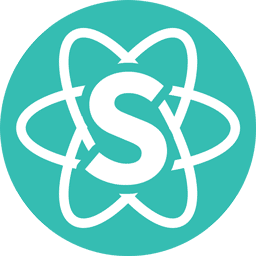Magic Works With Frameworks
23 May 2019
Although there is a learning curve associated with UI frameworks such as Bootstrap and Semantic UI, the initial time investment is worth it in the end. The gained ability to create professional, clean, and aesthetically pleasing webpages in significantly less time is definitely an upgrade compared to using raw HTML and CSS. Specifically, by utilizing Semantic UI, life becomes much easier as webpage alignment, layouts, and browser compatibility issues are taken care of through the framework. The ability to create visually appealing webpages without having to spend hours modifying HTML and CSS files allows one to create borders and menu bars with just a few lines of code.
In addition, frameworks reduce the necessity for comprehensive HTML and CSS knowledge since the various modules and collections provided by the framework builds upon basic web design skills. With the combination of the intuitive and natural syntax of Semantic UI in conjunction with the outstanding documentation, applying new features is as simple as looking up examples. Semantic UI’s intuitive syntax mimics natural language which makes it straightforward and simple to implement new features. This essential tool provides web developers the capability to focus on design and feature implementation instead of worrying about margin pixels.
Personally, Semantic UI has been a convenient and rewarding tool to learn due to its ease-of-use and abundant documentation. Although learning the syntax and integration of Semantic UI elements with basic HTML and CSS elements was initially challenging, the intuitive nature of collections and modules made it relatively easy to develop elegant professional-looking web applications. All considered, by utilizing frameworks such as Semantic UI, the endless range of features enables endless development possibilities as UI frameworks enable developers to create websites limited only to one’s imagination.
 Grant Novota
Grant Novota